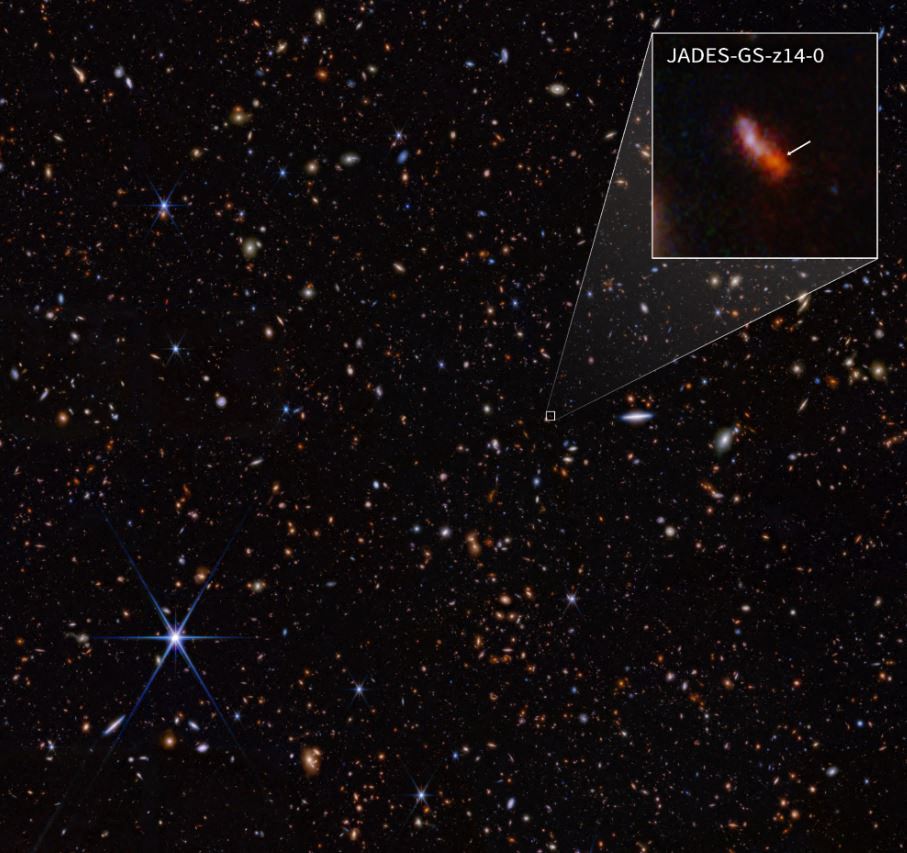NASA's Webb Telescope Detects Semi-Heavy Water Ice on a Young Sun-Like Star

For the first time, semi-heavy water ice has been detected around a young star similar to the Sun, supporting the hypothesis that some of the water in the solar system predates the Sun and the planets.
One way astronomers trace the origin of water is by measuring its deuteration rate. This is the fraction of water that contains a deuterium atom instead of a hydrogen atom. So, instead of H2O, it's HDO, also called semi-heavy water.
A high fraction of semi-heavy water indicates that the water formed in a very cold place, like the early dark clouds of dust, ice, and gas from which stars are born.
In the oceans, on comets, and on icy moons, up to one in every thousand water molecules is composed of semi-heavy water . This is about 10 times greater than expected based on the composition of our Sun.

The James Webb Space Telescope is the largest and most complex telescope ever built. Photo: iStock
Astronomers therefore hypothesize that some of the water in our solar system originated as ice in dark clouds, hundreds of thousands of years before the birth of our Sun. To confirm this hypothesis, they must measure the deuteration rate of water ice in such star-forming regions.
An international team of astronomers from Leiden University and the National Radio Astronomy Observatory (NRA) in the United States has detected such a high level of semi-heavy water ice in a protostellar envelope, the cloud of material that surrounds a star in its embryonic stages.
Astronomers used the James Webb Space Telescope for their study. Before its launch, the deuteration rate of water in star-forming regions could only be reliably measured in the gaseous phase, where it can be chemically altered.
"Now, with Webb's unprecedented sensitivity, we observe a very sharp signal of semi-heavy water ice in the vicinity of a protostar ," said Katie Slavicinska of Leiden University in the Netherlands, who led the study, published in The Astrophysical Journal Letters.

The James Webb Telescope also detected the most distant galaxy known. Photo: ESA, NASA, CSA, STScI / AFP
eltiempo





